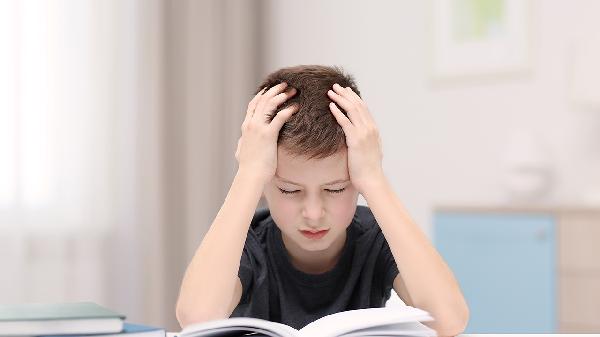Parenting is a wild ride—full of joy, chaos, and those moments when you realize your kid’s stress levels might be more than just first-day-of-school jitters. Anxiety in children isn’t always easy to spot, especially when it masquerades as defiance, tantrums, or even mysterious tummy aches. But here’s the thing: recognizing the signs early and knowing how to respond can make all the difference in helping your child navigate those big emotions.
When Worry Crosses the Line
Every kid frets about monsters under the bed or forgetting their homework. But when does normal worry tip into something more? According to experts, the key is in the impact. If your child’s fears start hijacking their daily life—skipping soccer practice because they’re terrified of making mistakes, or losing sleep over a math test weeks in advance—that’s your cue to dig deeper. Anxiety isn’t just a phase when it sticks around like an uninvited guest, overstays its welcome, and starts rearranging the furniture in your kid’s brain.
The Sneaky Ways Anxiety Shows Up
Kids don’t always say, “Hey, I’m anxious!” Instead, they might slam doors, cling to you like a koala, or suddenly develop a PhD in procrastination to avoid triggers. Physical symptoms are common too: headaches, stomachaches, or fatigue that doctors can’t trace to a virus. And let’s talk about irritability—because nothing says “I’m overwhelmed” like a preteen eye-roll so dramatic it deserves an Oscar. The trick? Connect the dots between their behavior and the underlying stress. If your child melts down every Sunday night before school, it’s not just “hating Mondays”—it could be anxiety whispering in their ear.
Parenting Through the Storm
First rule? Don’t blame yourself. Kids develop anxiety for a zillion reasons, and your parenting isn’t the villain here. Start by creating a safe space for conversation—no judgment, no “get over it” speeches. Try chatting during a walk or while baking cookies; side-by-side talks often feel less intense than face-to-face interrogations. And please, ditch phrases like “Calm down!” (which is about as helpful as telling someone to un-burn toast). Instead, model calmness: “Let’s take three deep breaths together” works way better. If they’re not ready to talk, offer a hug or quiet time with a favorite book. Sometimes, presence beats pep talks.
When to Call in the Pros
If anxiety starts gatecrashing school, friendships, or family life for weeks on end, it’s time to tag in support. Schools can offer accommodations (like extra test time or a quiet space), and therapists teach killer coping skills—think deep breathing, grounding techniques, or flipping negative thoughts like pancakes. For some kids, medication (under a doctor’s guidance) can dial down the brain’s alarm system enough for therapy to stick. The goal? Equip your kid with tools so anxiety doesn’t steer the ship.
Helping a child with anxiety isn’t about fixing them; it’s about giving them the compass to find their way through the fog. And remember: you’re not alone in this. From teachers to therapists, there’s a whole team ready to back you—and your kid—up.























